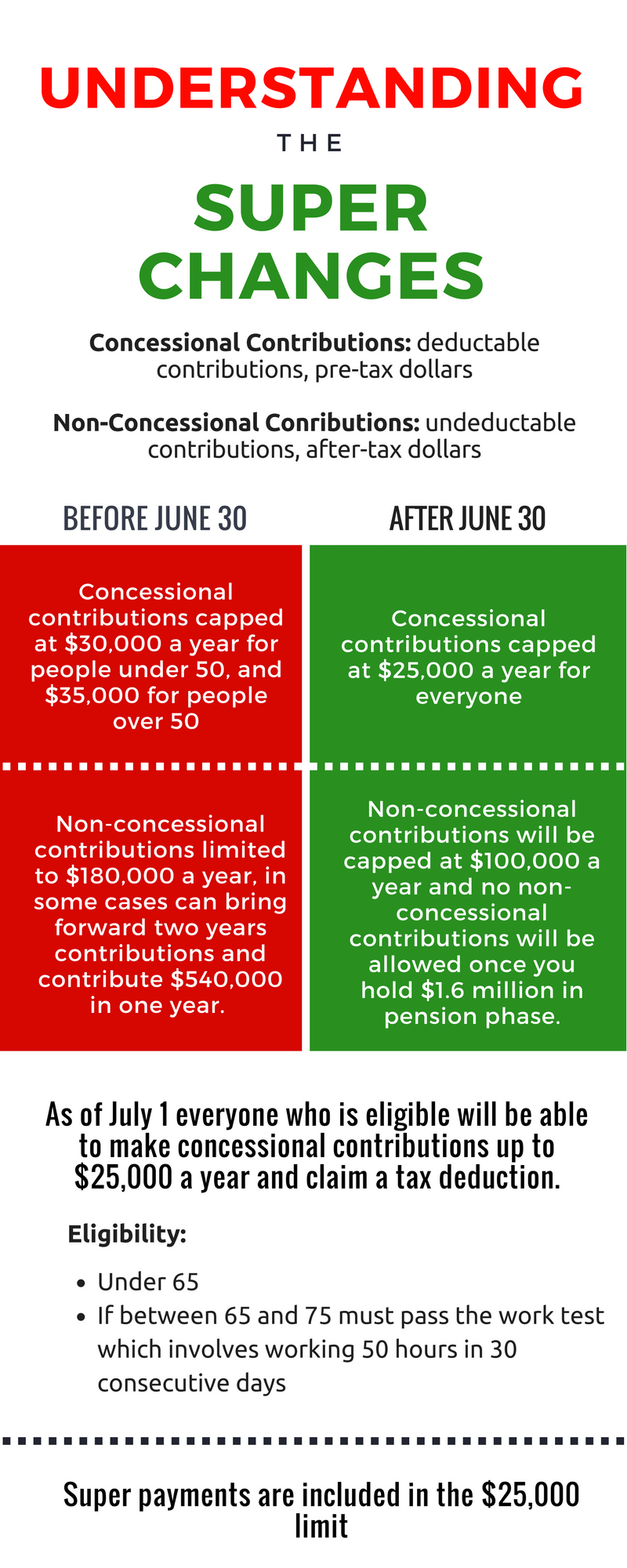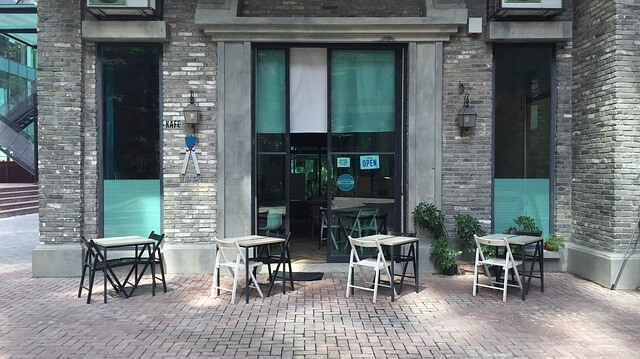As you may know, we are a reasonably young, technically up to date, Accounting Practice. In the early years of our careers we were completely bound by paper. Essentially this meant that accounting was an ‘after the fact’ procedure that allowed us to evaluate the past and make estimated predictions and budgets for the future. That was the best we could do, as the accounting software at the time allowed us to only input data after receiving bank statements.
Best case, if our client was extremely efficient, we would receive a bank statement within a week or so from the end of the month, and have it scheduled into our jobs and processed within the following week. Then, sometimes we had queries, we would send a letter asking for further clarification on one or more transactions to ensure appropriate allocation. There was time lost waiting on replies to be returned via snail mail. We would be lucky to have a job processed and data updated within a month of a particular date.
Slowly, technology changed, there was email, there was internet banking, electronic bank statements – all of which allowed increased productivity and less time lapse between end of month and reporting. But, nothing changed the world of accounting like Xero!!! In a nut shell, Xero has allowed us to have real time reporting which means we can report on data as recent as yesterday, at any time of the month, but not only that, businesses can process their invoices, payroll, inventory, all in one place, eliminating the double up of processing, AND it can all be done while you (as business owners/managers) sit and have smoko, have your morning coffee, sit at the soccer fields or dance class rehearsals – on your smart phones or tablets. No more trying to remember what you did 4 weeks ago, what that transaction was – you can now process the following day, reconcile daily with ease.
As accountants, our role is changing in your businesses, we started as reporters, reporting to you the effects of your business transactions and decisions, months after the event. Our current role with businesses using Xero is advisors – we can see exactly where the business is situated at any time with ease. We can advise on decisions such as big equipment or vehicle purchases, increased superannuation contributions, the need for accounts receivable collection when they get too high…. All of which could not have been done before. We are now a part of your business activity, advising on how to increase it, not just reporting on it.
The best part about Xero is businesses are spending less time on their bookkeeping and more time in their business, generating more revenue. In a world that finds us all so limited with our time, never enough time in the day, Xero allows our time as business owners and accountants to be used so much more efficiently and effectively.
If you need this in your life, call us – we will give you a free consultation to show you the advantages, explain how to adapt it to your routine, to allow efficient and effective book keeping and give you the opportunity to evaluate how Xero would assist you – it really is ‘Beautiful Software’.








